A mushroom hunter’s Shangri-La
What I learned about foraging fungi in the forests of Bhutan
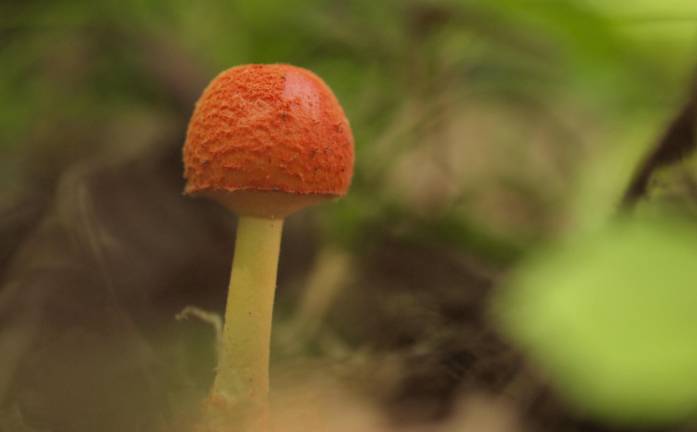
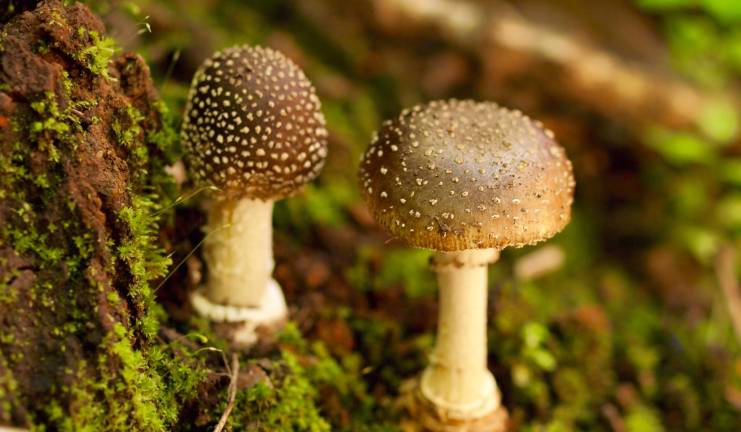
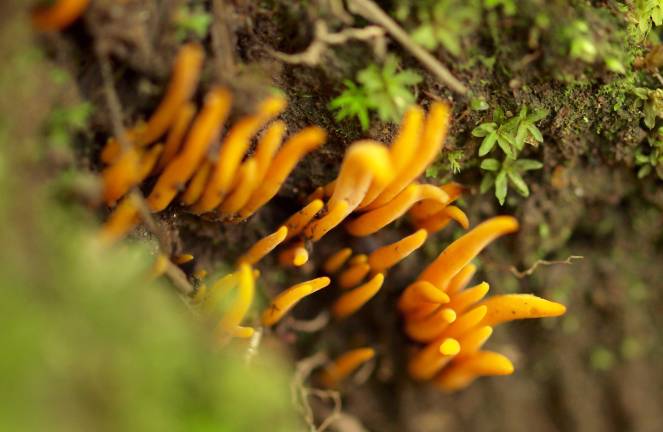
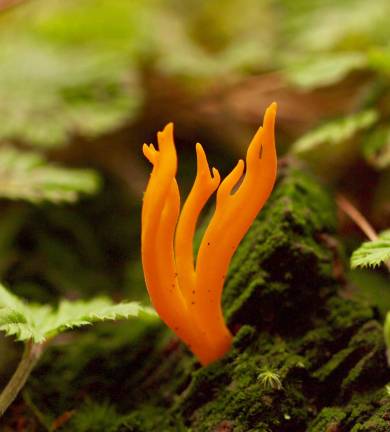
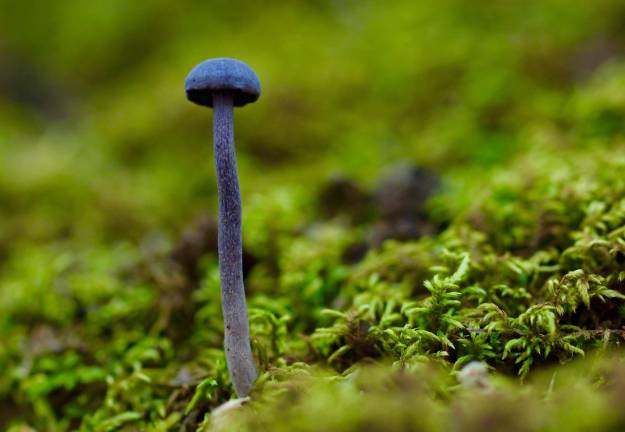
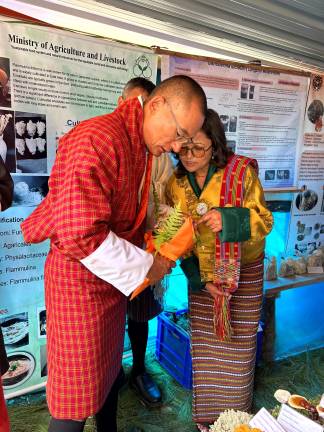
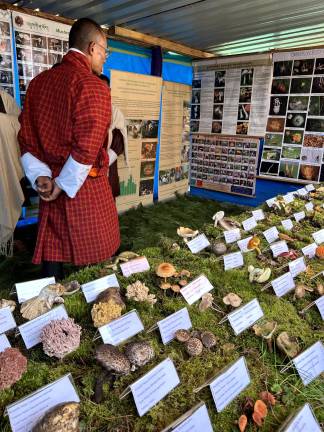
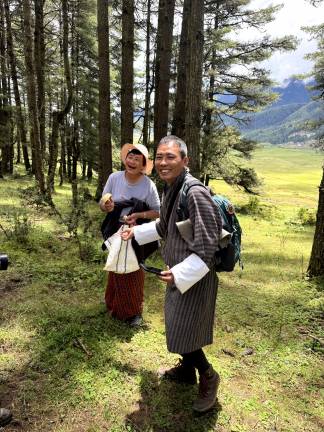
Last week, my neighbor Dan texted to say he’d found “a ton” of chicken of the woods during a hike on nearby Sugar Loaf Mountain. Was I interested?
Laetiporus sulphureus or “chicken of the woods” – a bracket fungus known for its bright orange and yellow color and chicken-like texture – is one of a number of fungal delicacies sought out by keen eyed foragers who know where and when to survey the forest floor. It’s an art, training your eyes to hunt for mushrooms, and one I only started to understand on a recent trip to the Hidden Kingdom: Bhutan.
The trip was designed with mushroom people in mind. Like birders or bee people, members of the mushroom community tend toward a combination of science enthusiast and nature lover, endowed with a peculiar sensitivity to taxonomy and the natural order of things. Citizen science abounds among these communities of watchers, keepers and specimen collectors. For a mushroom forager, the prospect of pristine forests at the base of the Himalayas, respected and protected for hundreds of years, was too good a chance to pass up.
Our itinerary was set during the rainy season in Bhutan, prime conditions for mushroom hunting. First stop was a visit to the Matsutake Mushroom Festival near the capital, Thimphu. Highly prized by mushroom enthusiasts, chefs and gourmets around the world, the matsutake mushroom, known locally as “Sangay Shamu” (or Buddha mushroom) is native to the forests of the Ura valley in central Bhutan and grows at the base of pine trees at elevations of more than 9,800 feet.
Held annually since 2008, the festival showcases sustainable harvesting practices, matsutake recipes and products, local dances and activities. My particular favorite was the “strong woman” competition challenging female audience members to carry a 50-kilogram (110-pound) sack down the length of the festival grounds. Having just recovered from a bad case of “Delhi belly,” my usual homesteader bravado took a backseat as I cheered on the contestants from the sidelines.
As we were among only a handful of international visitors to the festival, we were invited to watch the festivities from the “box” seats, sitting behind none other than the Prime Minister of Bhutan. That’s right. The Prime Minister of this tiny country of almost 800,000 people was at the mushroom festival. We were even granted an audience and learned that the Prime Minister had just given festival organizers a mandate: make the festival more accessible. Mushrooms are big business in Bhutan, where the domestic demand exceeds the local supply, creating strong economic opportunity.
Bhutan is no stranger to seeking out economic progress, balancing growth with cultural and environmental preservation. While best known for its Gross National Happiness index, the backbone of Bhutan’s economy is its hydroelectric power, which it exports to India and uses domestically, including for cryptocurrency mining. Turns out the Hidden Kingdom is actually one of the largest sovereign holders of Bitcoin in the world.
One of our most memorable forays took place in the lush pine forest of the Phobjika Valley in central Bhutan. As we excitedly fanned out among the trees, spotting psilocybe (yes, the hallucinogenic kind), coral mushrooms, boletes, russulas and amanitas, we noticed something. Someone had already been through this area, leaving a trail of distinctive cut marks on mushroom stalks along the way.
We proceeded deeper into the forest until we spotted her: a local forager out gathering what she needed to feed her family, no more, no less. Our guide called out to her in Dzongkha, the Bhutanese language, as we had just seen a beautiful edible mushroom that our guide wanted her to have. Her toothy, betel nut-stained smile said it all – a giddy contentment that comes with receiving gifts from the forest. The serendipity of being in the right place at the right time, to be granted those gifts. Then again, she might just have been high on betel nut juice.
When Dan came by to drop off his foraged chicken of the woods over the weekend, I traded him some of my cultivated shiitake mushrooms. He had made sure to leave plenty of the chicken of the woods behind, he said, so that the cluster would continue to grow where he found it. He also mentioned one of our neighbors knows where there’s a stand of chanterelles on the mountain. I smiled at the idea that my Bhutanese forest lessons were alive and well in my own backyard.